Lemme Upgrade
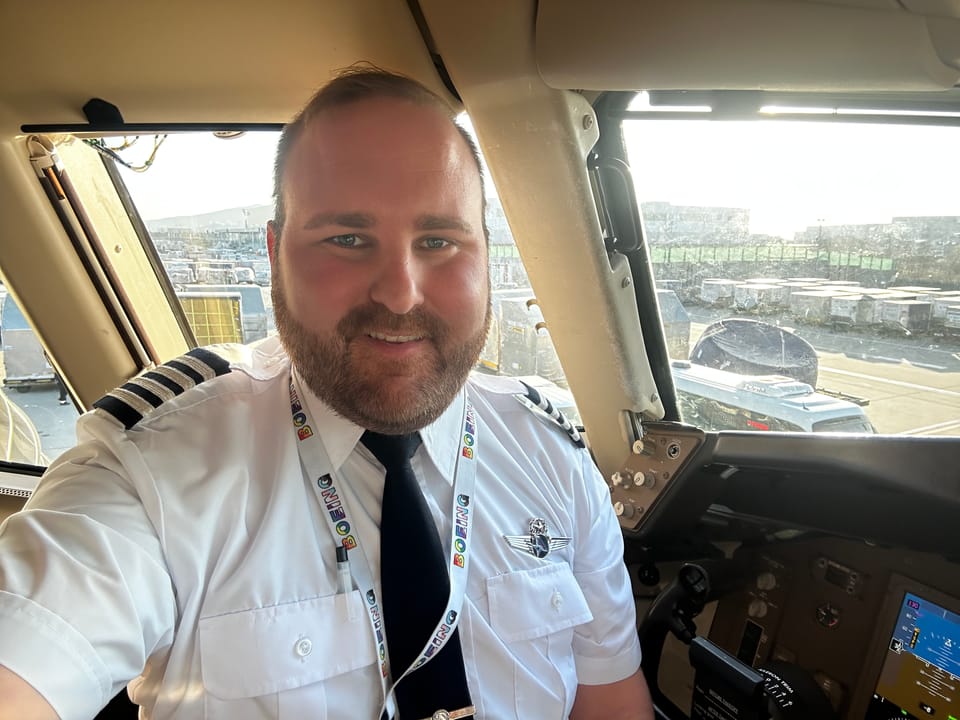
By nature, I’m a cozy and comfortable person. Once I get in a role or position, I tend to settle in and enjoy the ride— but with that can also come stagnancy and complacency.
Upgrading to captain was something I knew I needed to do, even from my time at the regionals. But the problem with that senior First Officer life is that the pay is good, the schedule is incredible, and the responsibility isn’t yours. It’s so easy to get caught up in that moment, because things are sweet.
At my company, I could’ve upgraded a long time ago. I met the qualifications per 121 regulations— but I personally felt that I hadn’t seen enough. It wasn’t until I saw most aspects of our operation that I felt comfortable being at the helm. I wanted to experience all seasons, all variants of the plane, and all theaters of operation, just so I could know a little of what to expect. The last endeavor was flying into China, where they use meters for flight levels. It ended up being a complete non-issue. However, on that roster of flying, something invaluable happened: I flew with a less than stellar captain. At some point, most First Officers fly with someone who is either weak or has no business being in the left seat. As it happened, that person fit both bills. To protect their dignity, I won’t go into the specifics, but it was a rough month of flying— in essence, I was the captain; he even said so several times. And if this person could do it, I knew damn well I could.
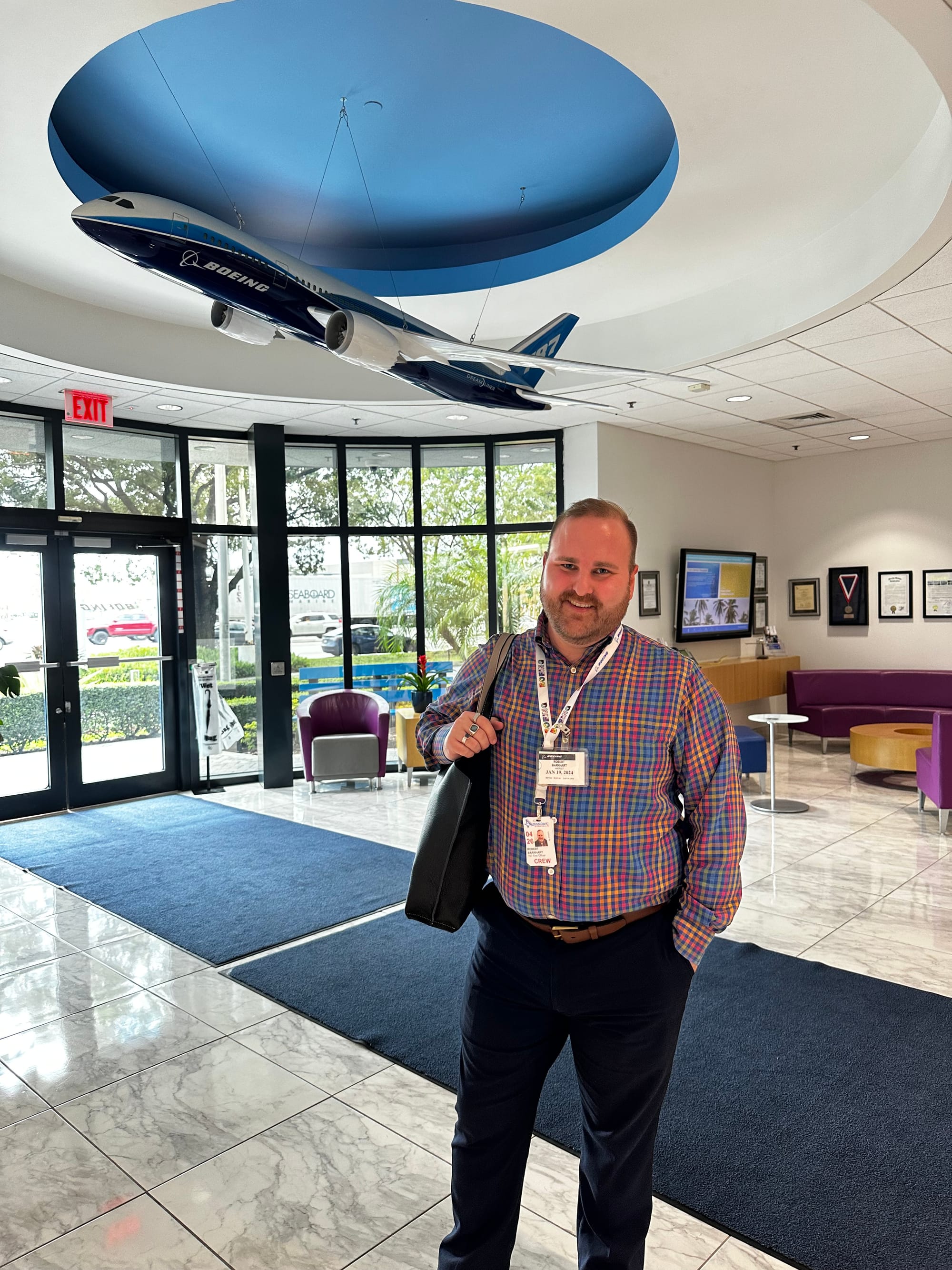
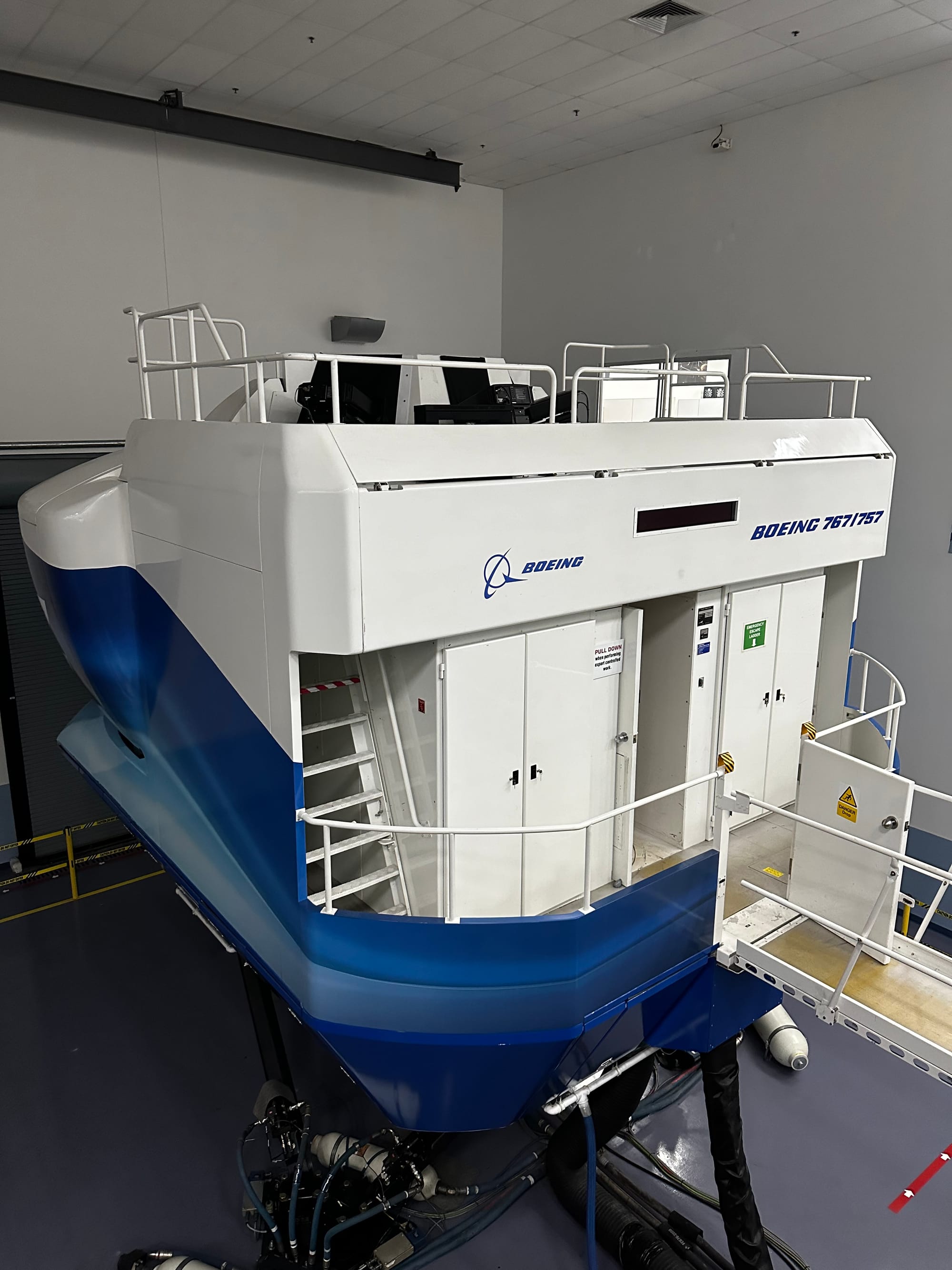
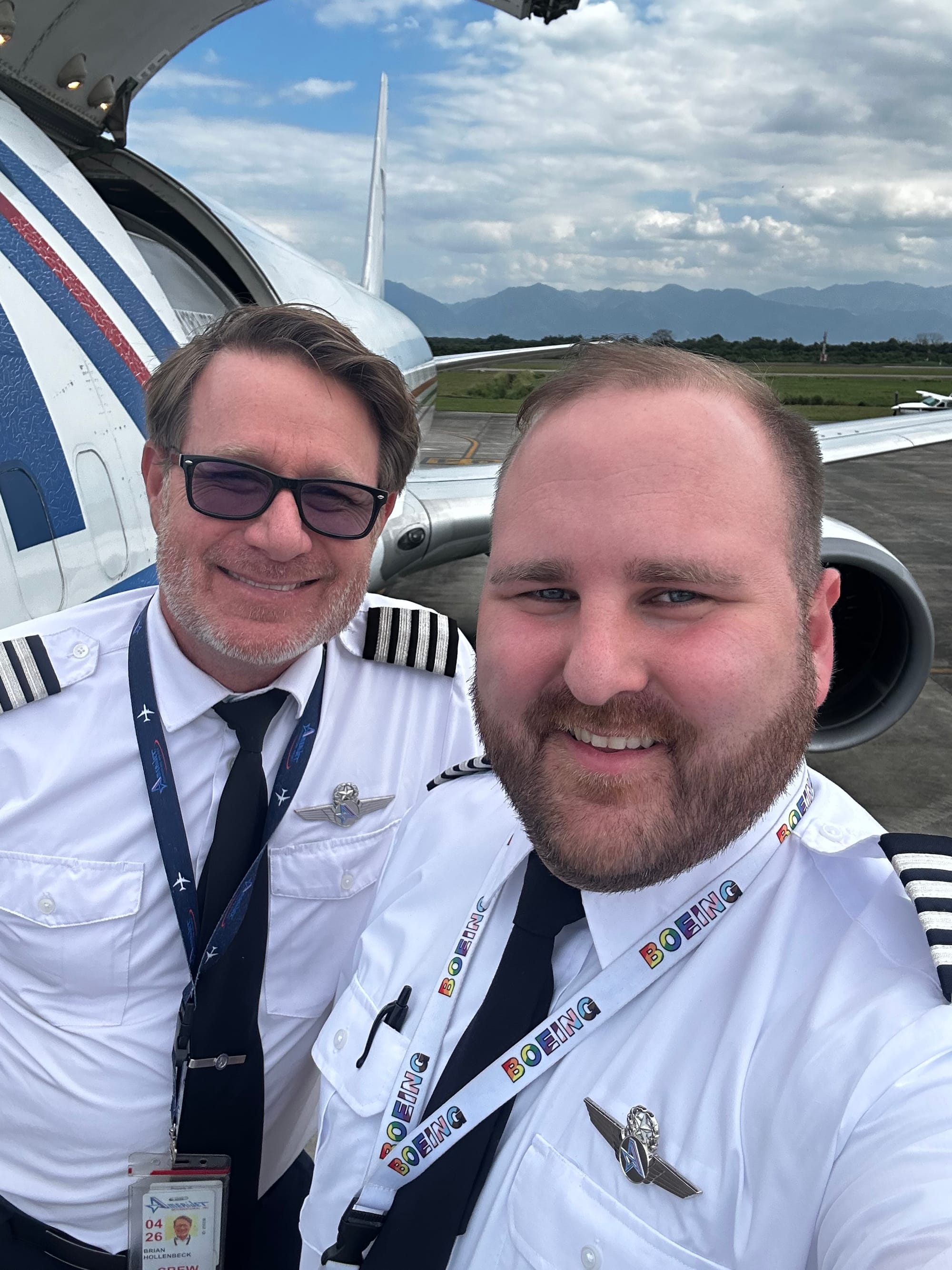
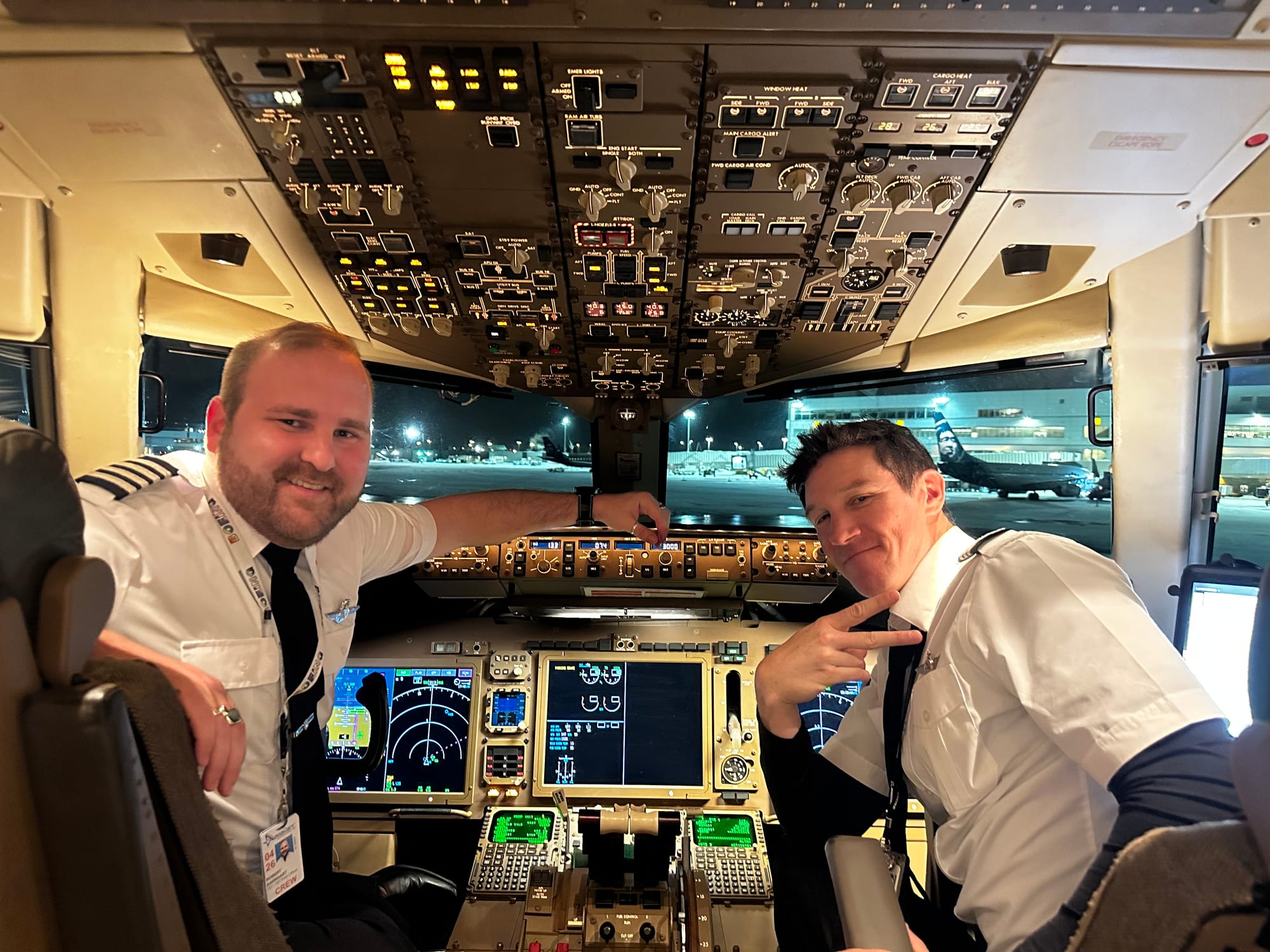
Passed the checkride and got signed off by Checkairman Brian! Then my first trip off OE with a great crew!
So, I submitted my bid for upgrade training. And I’m glad I did it when I did, though I wouldn’t know why until a few months later. We stopped upgrade classes for a few months, so I would have had to wait awhile. Before class, I had all these fears and expectations of what training would be like. I thought it would be a technical trivia overload, with the instructor bombarding us with questions about how many rivets are on the third spar, or why the retro encabulator is powered by modal interaction of magneto reluctance. Turns out, it was more of a conversation. Yes, we still had to know our shit, but our daily lessons were insights of our thought processes and decision-making skills. He wanted to know “Why?” we came up with our answers, not necessarily if they were right or wrong. Because that’s the thing with command— not every scenario fits in a box, but you have to be able to back up why you did something. Another pilot may not have done it in the same way, but being able to CYA is paramount. Oh, and that means “Can You Articulate” your reasoning!
Overall, ground school and simulator training was relatively simple. I won’t say it was easy, but it was the most straightforward part. I’ve flown the airplane for over a year; I even took the same PIC checkride during initial training, so I knew what was happening. The real challenge came with Operating Experience with a check airman. And again, it wasn’t the actual flying— though flying from the left seat for the first time is a trip. I still don’t like taxiing, because that’s a lot of ass hanging out there, and my little limp wrist controls it all? Bizarre.
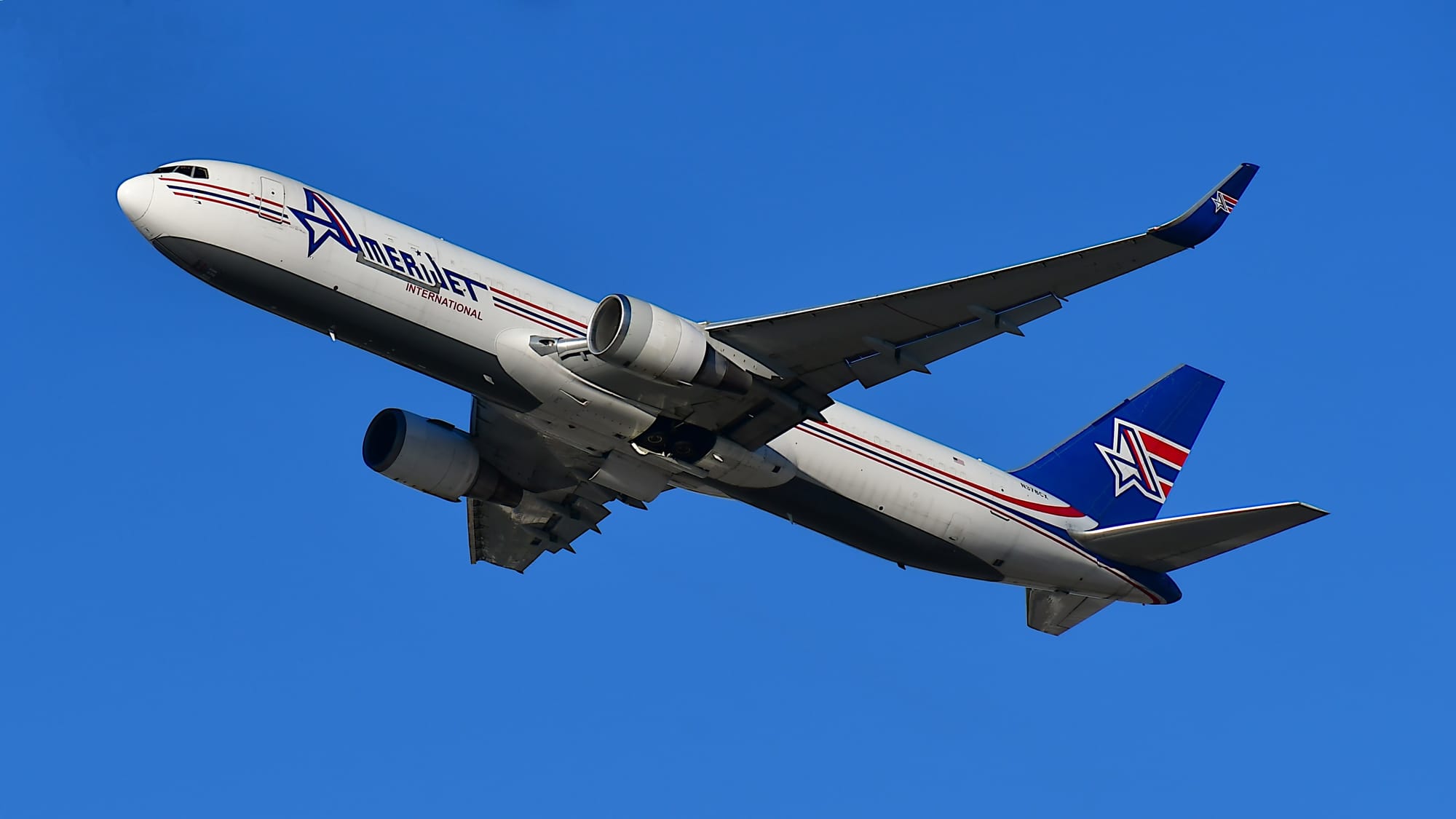
Most of my check airmen were great! They quizzed me on scenarios and brought up things that I never would have dreamed of— all based on real life experiences they’ve had to figure out. And then, of course, there were several who were very “by the book, except…” with tidbits of useless knowledge that went against our own SOPs. In this business, sometimes you have to cooperate and graduate.
And then I was thrown out in the wild. My first trip was across the Pacific with an excellent crew, one with whom I had flown before. Their airmanship was pristine, and I knew I was in good hands. The best part about being in the left seat is setting the tone; as long as everyone is in good spirits and not trying to kill me, I’m typically happy. My rules are simple: 1. Don’t point it at the ground. 2. Don’t fight the airplane. And 3. Move at a safe pace. Everything else can be discussed!
It's wild how my mindset has changed. I’m thinking five steps ahead of the airplane, of my First Officer, and of the operation. Seeing the big picture and making the tough calls is now my responsibility. While it’s stressful, it’s also not as scary as I thought it would be. I have a ton of resources at hand, starting with our operations team and trusted mentors. I know they’re only a phone call away at all hours to answer my dumb questions that will inevitably arise. The most important aspect of this role is not necessarily knowing everything, but it’s knowing where to find the information— and how to interpret it. The manuals spell out a lot of things, but they don’t put the pieces together for you. And in my last post, I mentioned that time is of the essence in our operation. That adds a layer of immediacy and stress.
It’s also a hoot to witness new First Officers make simple mistakes and correct them— at some point. Another part of this role is letting them dig a hole to get out of, but not letting the situation get out of hand; that’s how we learn, after all, by recognizing our mistakes and then correcting. I watched an FO pull the speed brakes out in an effort to “get down quick,” even though we were on path. I cheekily said, “Hmmm why’ya doin’ that?” which was more of a question of his understanding of the FMA. (Refer back to my second rule: don’t fight the airplane.) It was clear and a million, the airport was straight ahead, and we weren’t fast. In essence, he had it made, but he was making it harder on himself— and greying my hairs in the process. We debriefed it at the stand, and he understood what was happening.
All in all, I’m satisfied with my decision. What is a bit more responsibility translates into professional and even personal growth. But I remain steadfast in letting my personality shine on the flight deck— in fact, this grants me more license to create an open and engaging space. There are other gay captains out there, and perhaps some as flamboyant as me, but not as many as I’d like to see!
I’ll also address the name “Captain Bobbie.” Early on in my internet presence, I chose it as my Twitter and Instagram handles. I was nowhere near captaincy, but a girl could dream, and everyone needs a brand. The “Bobbie” aspect comes from my little cousins who called me “Uncle Bobbie,” and it just sort of stuck. In fact, I can usually tell how someone knows me, whether in real life (Robbie) or the internet (Bobbie)— or if you’re my family, they call me Rob. But now, I’m a real captain, and I’m still getting used to that being thrown around. It’s surreal and weird, but it’s finally fitting!